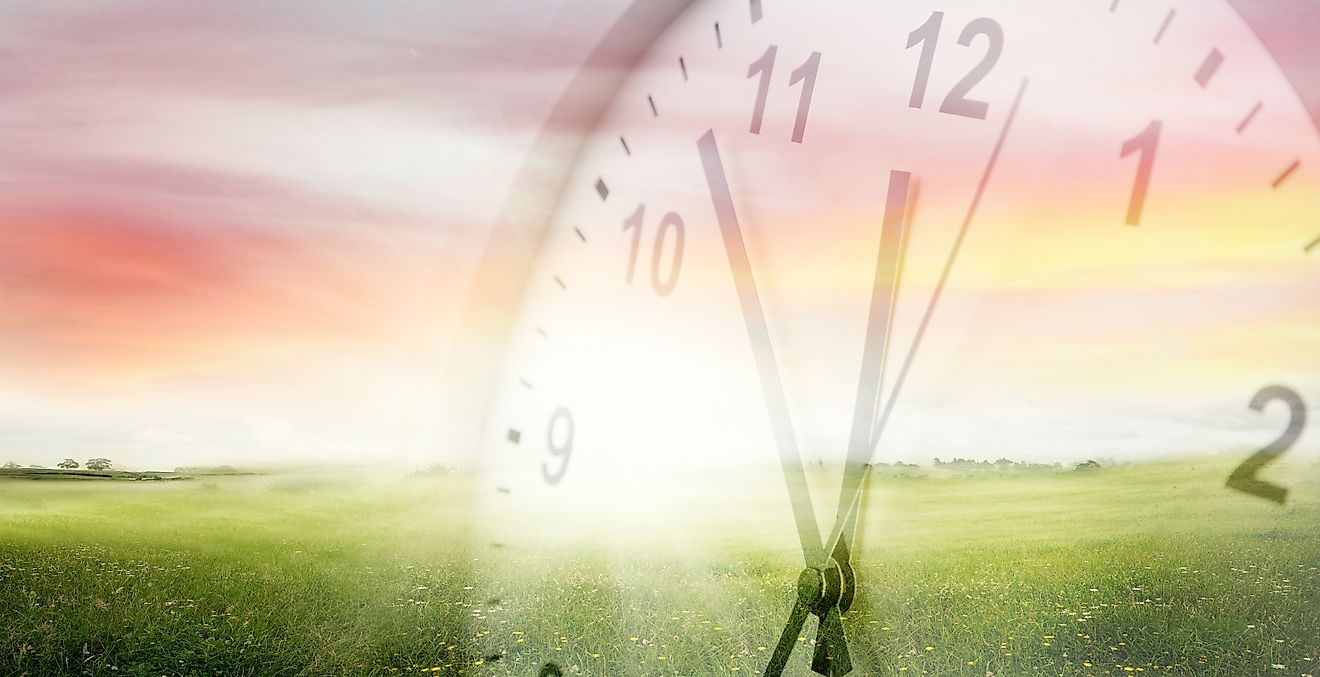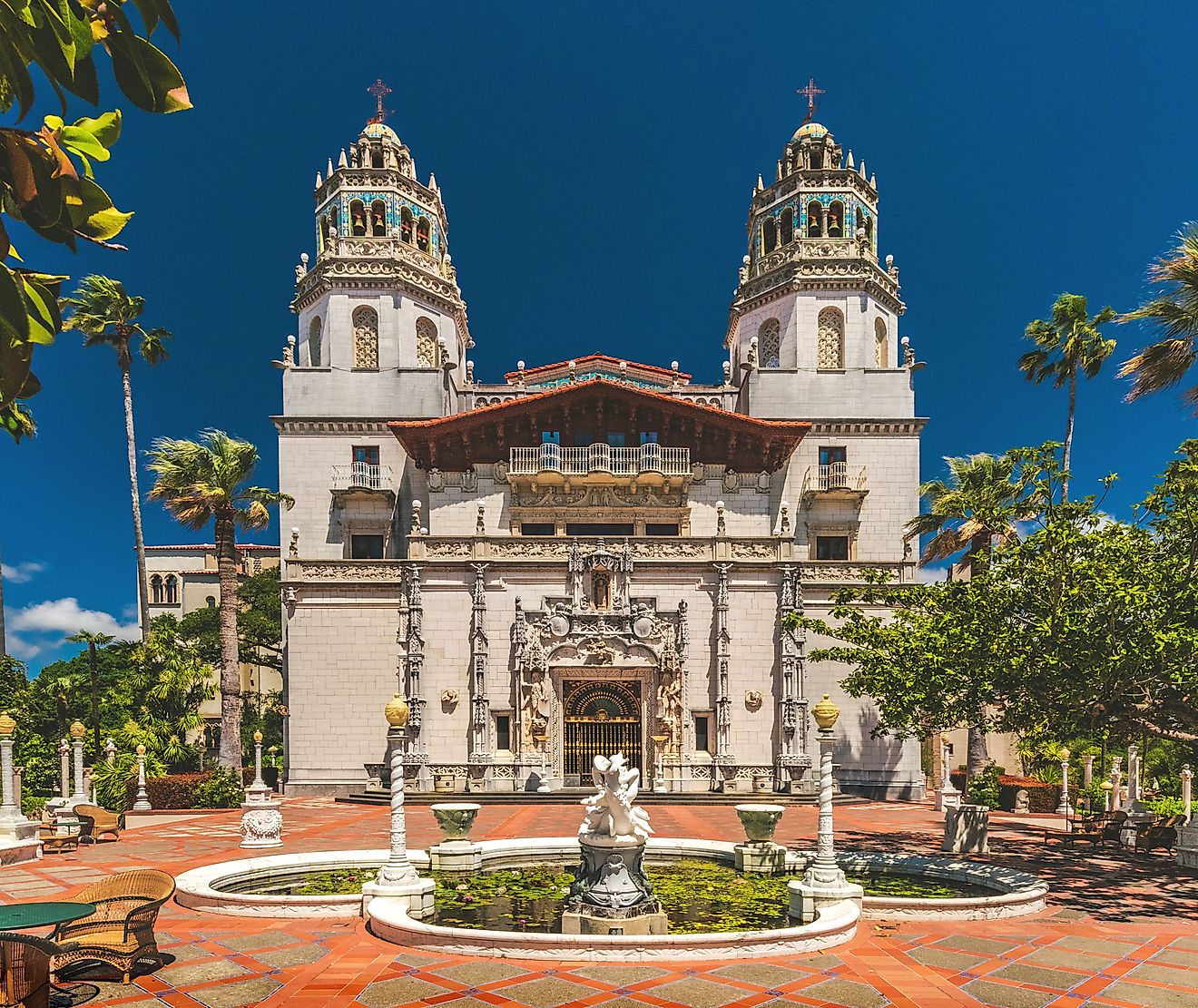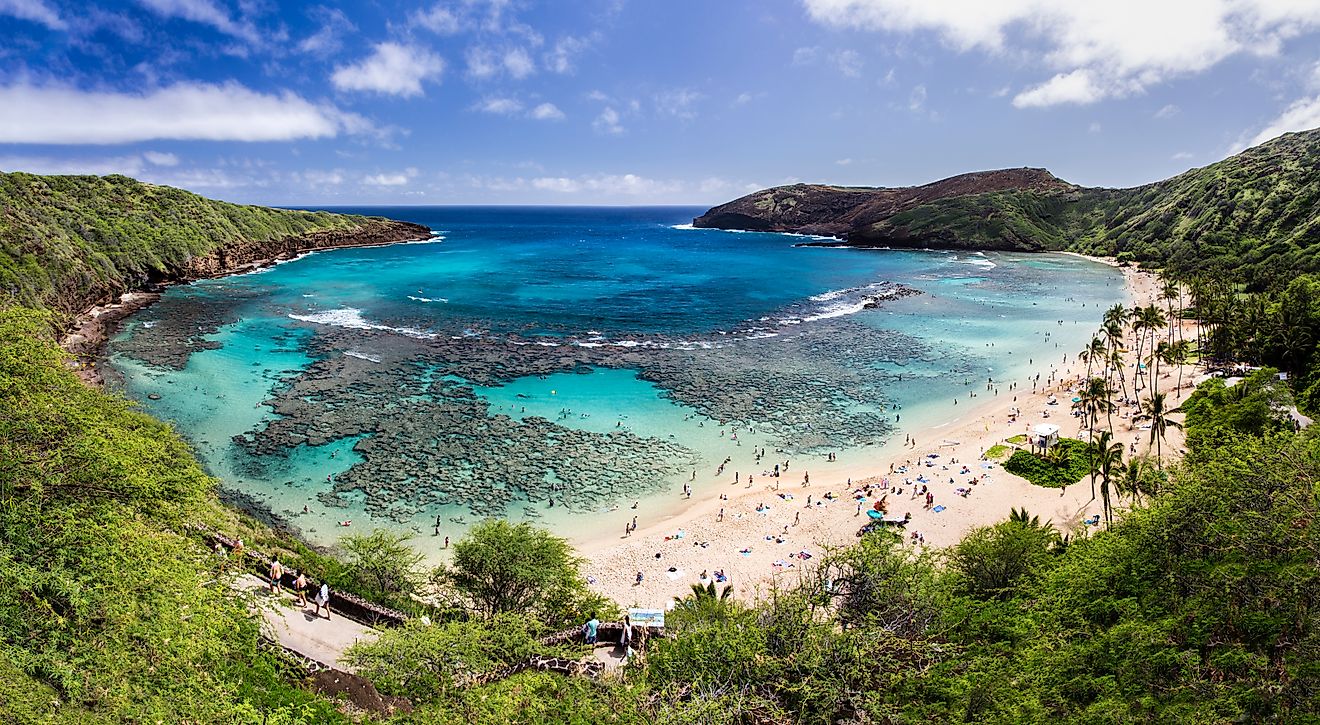
10 Things That Don't Exist in Alaksa
Alaska, the largest and one of the most sparsely populated US states, is a land of extremes and unmatched beauty. Known for its vast wilderness, stunning landscapes, and unique cultural heritage, it contrasts sharply with crowded industrial areas. Its remote location and extreme weather like harsh winters and cool summers, create a unique environment. Most of Alaska’s population lives in a few urban areas, leaving much of the state wild and untamed. This isolation helps preserve its natural beauty and ecosystems.
Alaska’s rich indigenous heritage, history of exploration, and rugged individualism draw adventurers and nature enthusiasts worldwide. Unique absences, from venomous snakes to major league sports teams, highlight its distinctive differences.
Snakes
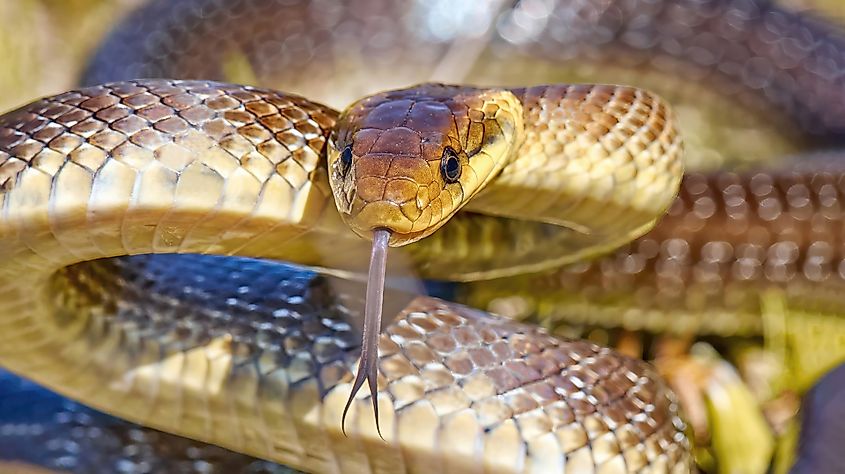
Aesculapian snake ( Zamenis longissimus), previously Elaphe longissima in natural habitat.
One remarkable fact about Alaska is the complete absence of snakes. The state's cold climate and rugged terrain make it inhospitable for these reptiles, making it one of the few places in the world where you won't encounter a single snake. This sets Alaska apart from most other regions where snakes are common. Alaska’s unique geographic and climatic conditions play a significant role in its snake-free environment.
The harsh winters and permafrost create an ecosystem that isn't suitable for snakes, which need warmer environments. Additionally, the state’s diverse landscape, from towering mountains to expansive tundras, further limits the possibility of snake habitation. For those seeking adventure in Alaska’s vast outdoor spaces, this snake-free environment offers security and peace of mind. If you are exploring forests, camping by lakes, or hiking up peaks, outdoor enthusiasts can fully enjoy Alaska's natural beauty without the worry of snake encounters.
Tarantulas
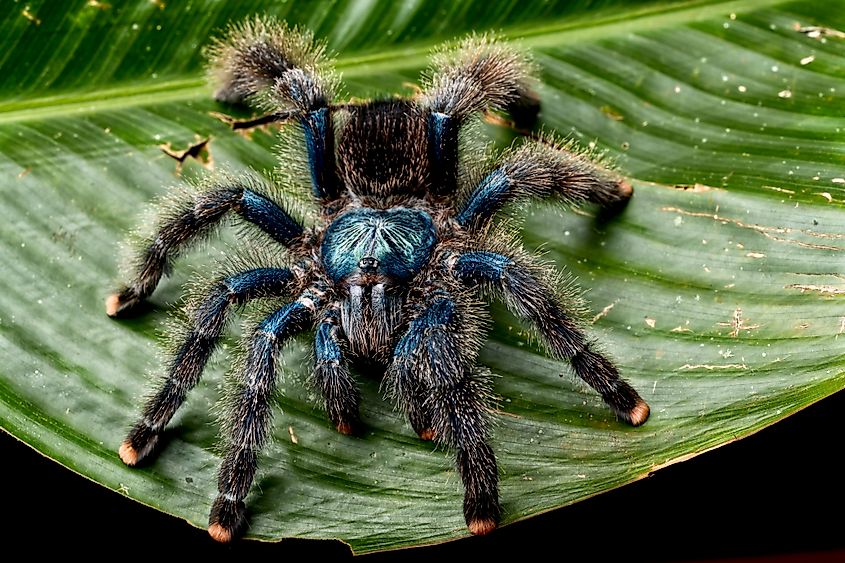
The Pinktoe tarantula (Avicularia avicularia).
Another creature you will not find in Alaska is the tarantula. These large, hairy spiders thrive in warm and tropical environments, which is opposite to Alaska's cold and often frigid climate. Tarantulas are commonly found in deserts, rainforests, and grasslands, habitats that are vastly different from the state’s snow-covered mountains and expansive glaciers.
This absence means that Alaskan residents and visitors do not have to worry about encountering these intimidating arachnids while exploring the outdoors. For many, the peaceful knowledge of a tarantula-free environment adds to the appeal of Alaska's unique wilderness experience.
Poison Ivy
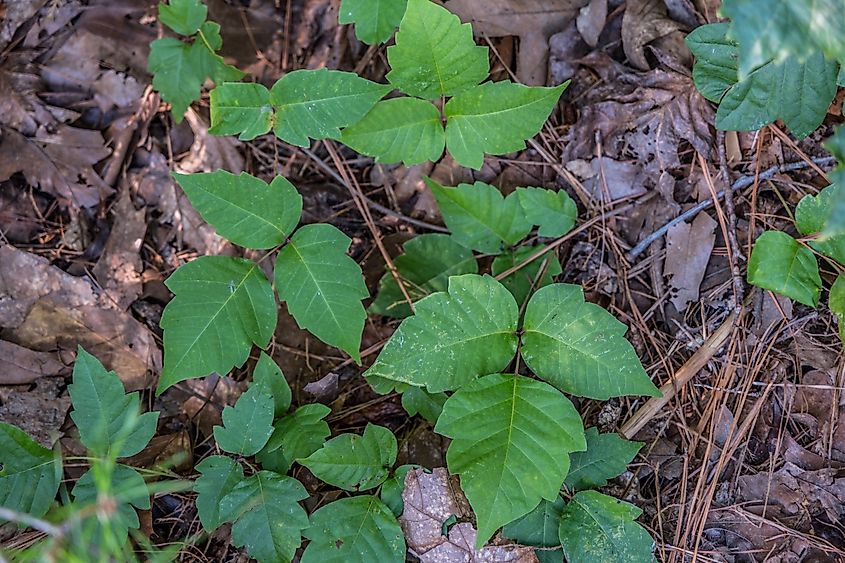
Poison ivy is something you will not encounter in Alaska. This plant, known for causing itchy and painful rashes, prefers warmer climates and is usually found in wooded areas, fields, and along riverbanks in many parts of the United States except California, Alaska, and Hawaii. Alaska's cold temperatures and harsh environment prevent poison ivy from growing there. For outdoor enthusiasts and residents, this means they can enjoy the natural beauty without worrying about this irritating plant that can cause an irritating rash. This is another reason why Alaska's wilderness is so appealing to those who love the outdoors.
Daylight in Winter
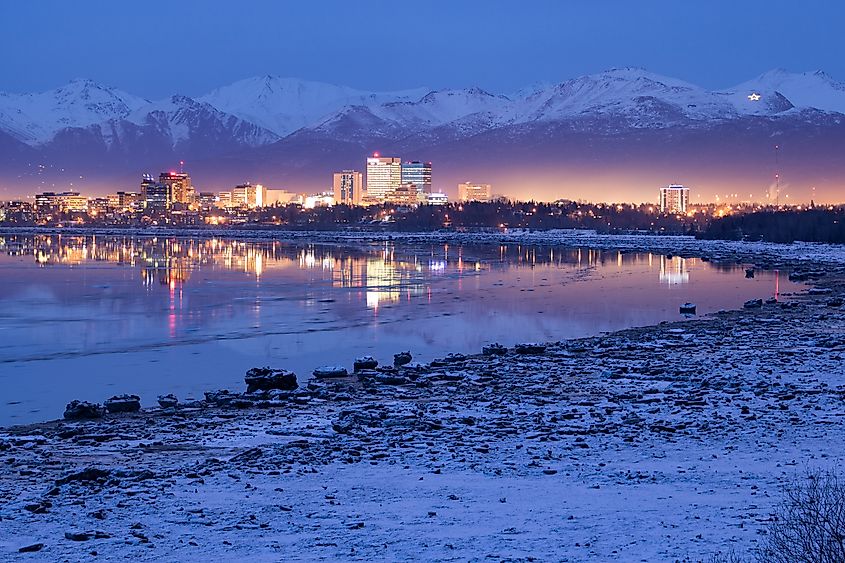
Winter in Alaska means limited daylight, especially up north. In places like Utqiaġvik, the sun sets in late November and doesn't come back until late January. This results in a period of continuous darkness called polar night. On the other hand, southern cities like Anchorage have shorter days but still get some daylight.
The lack of sunlight can affect daily routines and moods, so many residents use light therapy to fight Seasonal Affective Disorder. Despite these challenges, winter offers unique opportunities, such as viewing the stunning Northern Lights, which are more visible due to the extended darkness. Living through an Alaskan winter requires adaptation but also offers unmatched natural beauty.
Billboards

Alaska stands out from most other states due to its lack of billboards. This isn't accidental; it's a deliberate decision by the Alaska Scenic Byway Program to preserve the natural beauty of the region. Without billboards, drivers can enjoy uninterrupted scenic views if they're traveling along coastal highways or through mountain ranges.
For both residents and visitors, the absence of billboards enhances the experience of Alaska’s pristine wilderness. This dedication to maintaining clear views highlights the state's focus on natural beauty and conservation, making every journey through Alaska's diverse landscapes a more immersive and pleasant experience.
Major League Sports Teams
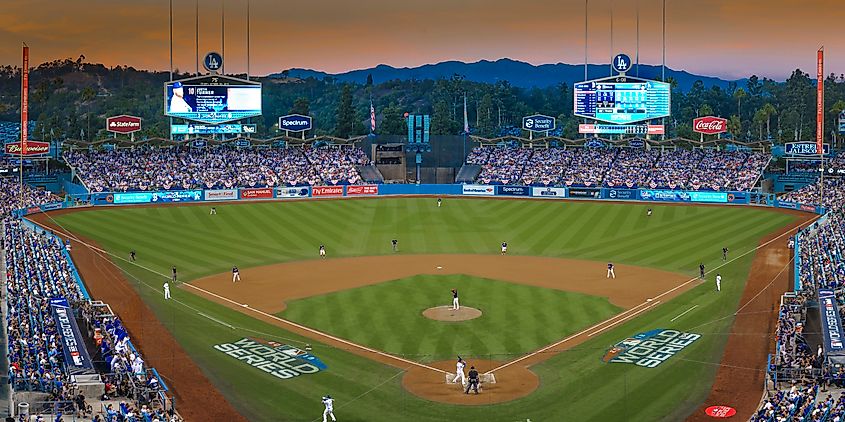
Alaska doesn’t have major league sports teams due to its smaller population and geographical isolation. Despite missing out on local NFL, NBA, or MLB games, Alaskans enjoy a vibrant sports culture. College ice hockey, especially at the University of Alaska Anchorage, gets a lot of attention and support. Additionally, outdoor activities like dog mushing, fishing, and skiing are very popular and a big part of the state's culture. The lack of major league teams allows residents to focus on these traditional pastimes and community sports, highlighting a different but equally passionate sporting spirit in the Last Frontier.
Tropical Fruits
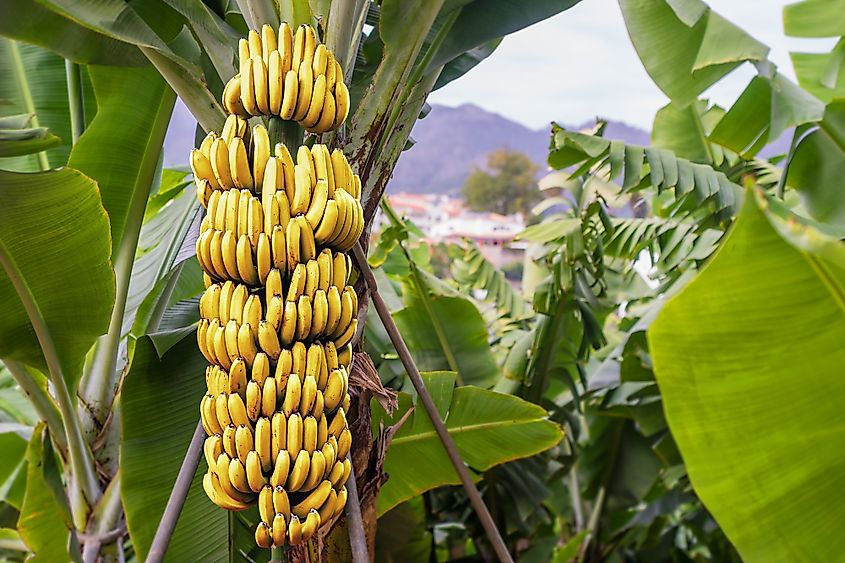
Banana tree with bunch of growing ripe yellow bananas, plantation rainforest in background.
Alaska's cold climate and short growing seasons are not suitable for growing tropical fruits like bananas, mangoes, and pineapples. These fruits need consistent warmth and plenty of sunshine, which Alaska can not provide. Therefore, they have to be imported, making them less accessible and more expensive for Alaskans.
Despite this, advancements in greenhouse technology have allowed for limited local cultivation of some exotic fruits. However, most tropical fruits enjoyed in Alaska still come from warmer regions. This means that while Alaskans can enjoy these flavors, it's mostly thanks to imports. This reliance on imports shows the challenges of growing tropical fruits in Alaska's harsh climate.
Cockroaches

Alaska's harsh climate acts as a natural deterrent to cockroaches, which require warmer and more humid environments to thrive. As a result, these pests are virtually nonexistent across the state. The low temperatures create inhospitable conditions for their survival, unlike warmer regions where cockroaches can infest homes and buildings. Therefore, daily life is more pleasant for residents, avoiding the nuisances and health issues associated with cockroach infestations. This is a significant advantage for those who live in or visit Alaska, allowing homes and accommodations to remain mostly pest-free. Hence, Alaska's cold climate contributes to a cleaner and healthier living environment, free from one of the most common and reviled household pests.
Interstate Highways
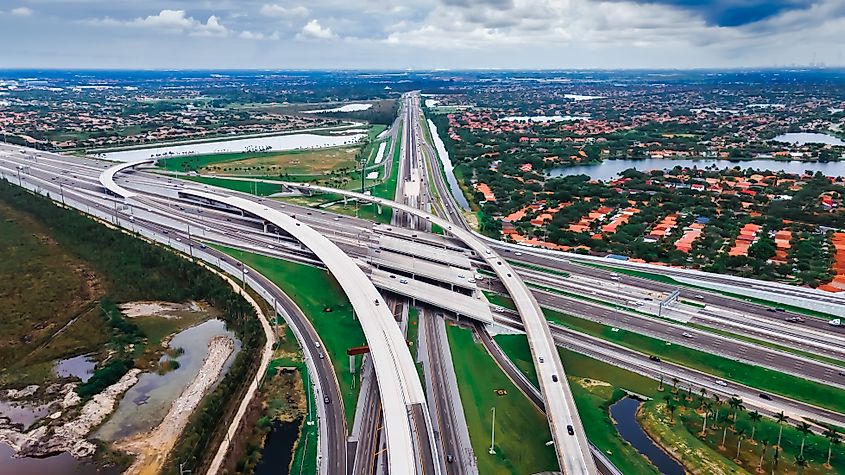
Despite its vast size, Alaska has no interstate highways. This is mainly because the state's rugged terrain and remote geography make building and maintaining extensive road networks very challenging. Instead, Alaska uses state highways, local roads, ferries, and air travel to connect its communities. The lack of interstate highways doesn't significantly hinder travel within Alaska, as these alternatives provide necessary connectivity. While this might seem unusual compared to the rest of the United States, it highlights Alaska's unique logistical landscape and the adaptability of its transportation infrastructure to its distinct environmental conditions.
Sales Tax

Alaska is one of only five states in the US without a state sales tax. This is unusual since most states rely on sales tax for revenue. Instead, Alaska funds itself primarily through oil revenues, reducing the need for a state sales tax. However, some local municipalities can levy their own sales taxes, which can vary by area. This aspect of Alaska's taxation system is appealing to both tourists and residents, often resulting in lower overall costs for goods and services. The lack of a state sales tax highlights Alaska's unique economic structure and revenue sources.
Northern Lights and Polar Nights
Alaska's unmatched natural beauty and unique environment offer a distinctive lifestyle. The absence of snakes, poison ivy, cockroaches, and more makes exploring its wilderness safer. The cold climate and challenging terrain support unique plants and animals. Alaskan winters, with limited daylight and stunning Northern Lights, require resilience. The lack of billboards preserves scenic views, and the absence of major league sports teams and interstate highways emphasizes local culture and adaptable transportation. Reliance on oil revenues instead of state sales tax shows its unique economic framework. These factors make Alaska a haven for adventurers and nature lovers.
